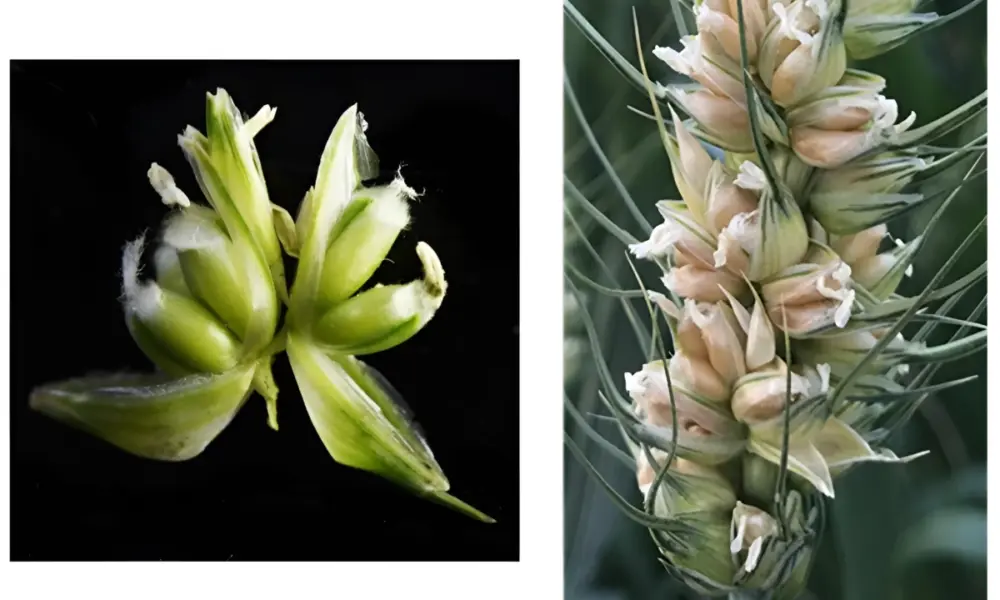Scientists at the National University of Singapore (NUS) have unveiled a critical DNA “switch” that enables tropical butterflies to modify their wing patterns according to seasonal temperature changes. This discovery offers significant insights into how environmental sensitivity evolves, potentially guiding future adaptation strategies in response to climate change.
Published in the journal Nature Ecology & Evolution on October 24, 2025, the study led by Professor Antónia Monteiro elucidates how some butterflies, such as the African species Bicyclus anynana, exhibit striking differences in wing coloration and size based on the season. In the wet season, these butterflies develop larger eyespots, while in the dry season, these spots diminish in size, enhancing their survival in varying environments.
Understanding Seasonal Adaptability
Insects frequently exhibit remarkable adaptability to their surroundings, with some species even altering their coloration with the seasons. This phenomenon, known as plasticity, has long intrigued scientists, particularly regarding its evolutionary origins. The NUS research team has identified a specific stretch of DNA that facilitates this seasonal adjustment in butterflies.
Previous research indicated that the temperature at which caterpillars develop influences their eventual wing patterns. Notably, this pronounced temperature response is characteristic of the satyrid butterflies, known for their predominantly brown wings adorned with distinctive eyespots.
The recent study pinpointed a key regulatory gene, known as Antennapedia (Antp), which governs the development of eyespots in satyrid butterflies. The team found that the activity of this gene fluctuates based on the temperature conditions experienced during development. By disrupting the gene’s activity in two distinct satyrid species, researchers observed a marked reduction in eyespot size, particularly when the butterflies were reared in warmer environments. This confirmed the vital role of Antp in facilitating seasonal size adaptations.
Significance of the Discovery
Additionally, the research team uncovered a novel DNA switch, referred to as a “promoter,” that is exclusive to satyrid butterflies. This genetic element activates the Antp gene specifically in the cells responsible for forming the eyespots. When the switch was disabled, the butterflies displayed a diminished capacity to adjust their eyespot size with temperature fluctuations. This finding underscores the switch’s contribution to the evolutionary development of seasonal plasticity in these insects.
Dr. Tian Shen, the paper’s lead author, emphasized the significance of the discovery, stating, “It is striking that a simple genetic switch can underlie complex environmental sensitivity across a broad group of insects. These findings open the door to future research into the roles such switches play in shaping adaptations, and to insights that could inform conservation in a changing climate.”
The implications of this research extend beyond understanding the adaptability of butterflies. It may also provide vital information for conservation efforts as climate change continues to impact ecosystems worldwide. By unraveling the genetic mechanisms behind environmental responses, scientists can better predict how various species may cope with future challenges.
As climate conditions continue to evolve, studies like this pave the way for a deeper understanding of biodiversity and the genetic underpinnings of adaptation, highlighting the intricate relationship between organisms and their environments.






